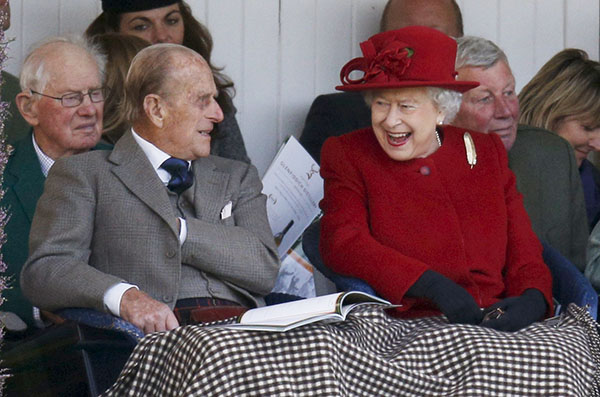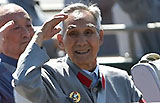From stuffy to selfies: Elizabeth II tries to change with the times
(Agencies) Updated: 2015-09-06 15:27
LONDON - When Queen Elizabeth came to the British throne more than six decades ago, her first prime minister was Winston Churchill, a man who had served in the army of her great-great-grandmother, Queen Victoria.
By the time the current holder of that job, David Cameron, was born in 1966, she had already been monarch for 14 years.
"The first time she saw (Cameron) he was playing a rabbit in a school production in which her son Prince Edward was taking part," royal historian Hugo Vickers told Reuters. "He is the man from whom she now takes formal advice."
The contrast between those two politicians epitomises the huge change that the monarchy and the country have undergone during Elizabeth's reign, which becomes the longest in British history on Sept. 9 when she overtakes Victoria's 63-year stint.
Elizabeth, now 89, ascended to the throne in 1952 at the twilight of British empire, with Britain slowly emerging from the ravages of World War Two.
The monarchy was a distant institution that presided over a country where food rationing was still in place and social classes clearly distinct.
Over the next few decades, the royal family went from being something the public would only glimpse in newsreels and at official occasions to releasing family photos on Twitter, and even "photobombing" other people's "selfies".
"You would never have guessed at the beginning of the reign the queen would take part in a stunt in which she appeared to jump out of a helicopter with James Bond," said royal biographer Robert Lacey, referring to her performance at the Opening Ceremony of the 2012 London Olympic Games.







